Explore the cemetery in Palma
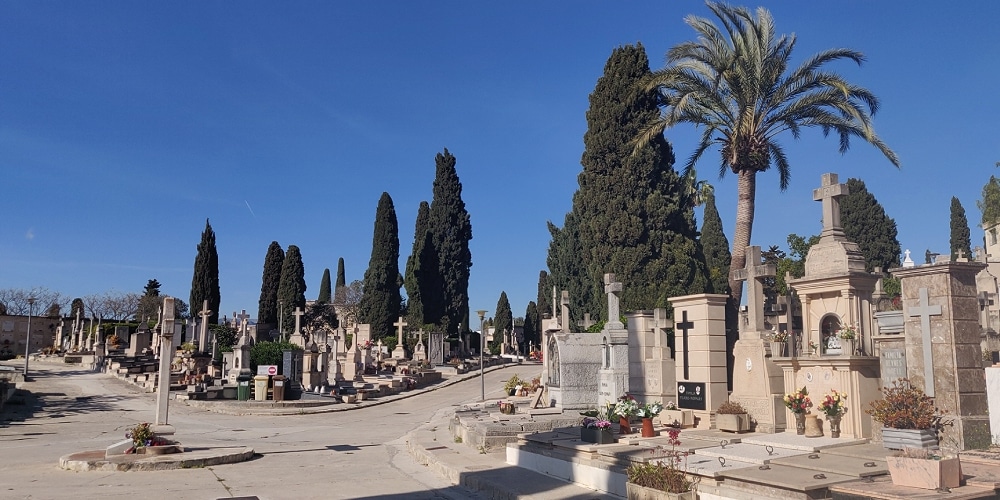
Discover a different side of Palma: The Cemetery
Had enough of drinks, sandy beaches, and rowdy tourists? Then take a trip to the cemetery in Palma, where reflection, melancholy, and unique stone carving art await.
Rent a car in Mallorca and explore the island’s diverse offerings, whether you’re drawn to stunning beaches, charming mountain villages, or the picturesque wine country.
Please take a moment to watch the brief presentation in the video below:
Cemeteries in Mallorca
Visiting a cemetery might not be your typical Mallorca activity, but it’s a shame to miss out. The island is home to numerous fascinating cemeteries, each offering a place for reflection and contemplation.
If you’re not in Palma, consider visiting the cemetery in Deiá, where the writer Robert Graves is buried. This cemetery boasts a unique hilltop location with views of the sea, mountains, and town. While in Deiá, also visit Robert Graves’ house for a special Mallorca experience. Other notable cemeteries in Mallorca include the church cemetery in Sóller and the one in Bunyola.
If you’re looking for a unique experience in Palma, the city’s cemetery is a must-visit. Located about 3 km from the center, it is open to visitors. Show respect for mourners and wear appropriate attire.
The Palma cemetery is vast and easy to get lost in, which only adds to its intrigue. The layout is chaotic, with graves and passages spread across multiple levels. There are even underground, catacomb-like burial chambers that are damp, dark, and a bit eerie.
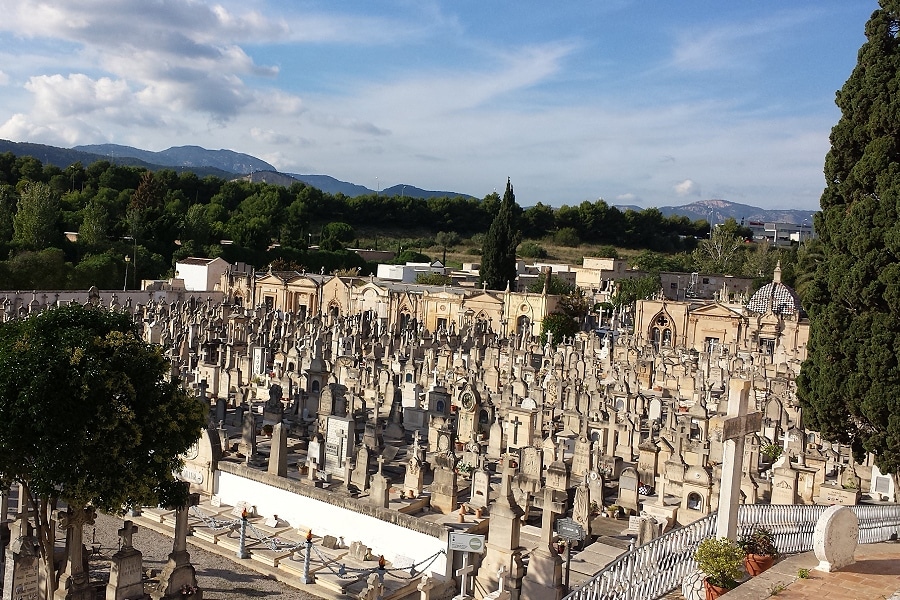
The history of the cemetery in Palma
The Palma cemetery began on April 3, 1787, with a royal decree that burial grounds be built outside cities in well-ventilated areas, away from people’s homes. However, it wasn’t inaugurated until 1821, undergoing significant changes over the years.
The first burials occurred around 1826, with graves initially placed in rows. Influences from the cemeteries in Barcelona and France led to a more modernist design with wider passages. The main entrance, as it stands now, was completed in 1938.
Palma Cemetery: A historical and emotional journey
The cemetery in Palma is like a living history book, a triple museum. Firstly, it serves as a vast outdoor art exhibition. Each burial site is a work of art, showcasing a unique sculptural heritage. The angels, in particular, stand out with their symbolic finesse, appearing sad, solemn, or protective but always spectacular and almost lifelike.
Secondly, the cemetery is an exhibition of emotions. Visitors will feel the strong presence of absence, sadness, and despair, as well as hope, serenity, and love. The cemetery is a stage for life’s deepest emotions, reminding us of our place in the generational chain.
Lastly, the cemetery is a historical gallery. While the graves might look similar at first glance, reading the names, dates, and gravestones with photos reveals heartfelt, personal stories of people from the past.
Noteworthy graves to visit
One grave of interest is that of tenor Francesc Uetam. The sculpture features sensual female forms guarding a lyre with broken strings (symbolizing death), two masks, and a tuning fork, uniting theater and music in opera.
Architecturally, the March family mausoleum stands out with angels hovering above the round entrance and an iron gate reminiscent of a castle.
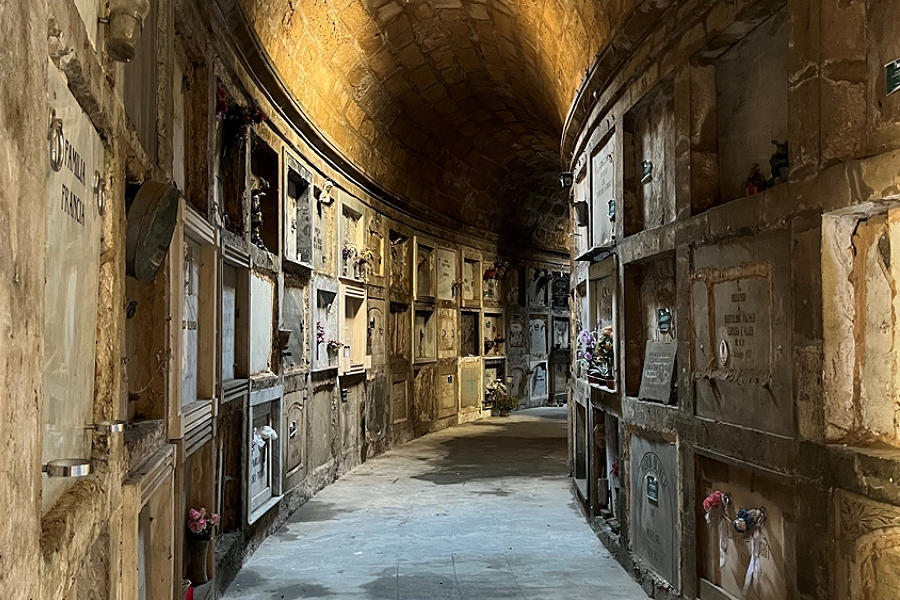
The cemetery in Palma: A space for symbols, art, and reflection
In short, the Palma cemetery is a vast open-air exhibition of stonecutting art and symbols. Walking among the graves, you will observe artistic symbols of life and death: the scythe (instrument of death), truncated columns (symbolizing a ruined life), skulls and skeletons (what remains after flesh decays), and, of course, the cross, the most repeated element. Pay attention to the angels, depicted as young, mournful women in sorrow, but also as guides for man’s journey to the heavenly kingdom.
Join Mallorca Visuals on our social media channels for picturesque videos of Mallorca.
Do remember to explore our travel guides to Mallorca’s captivating destinations, from the vibrant city life in stunning Palma to the sun-soaked shores of Alcudia and Puerto de Pollença. Don’t miss the charming mountain villages of Sóller and Deià, where nature and tradition blend harmoniously. Also take a look at the hot spot for wine lovers – Binissalem.
Top Image for the article Explore the cemetery in Palma: Palmallorca.com – Mallorca Community

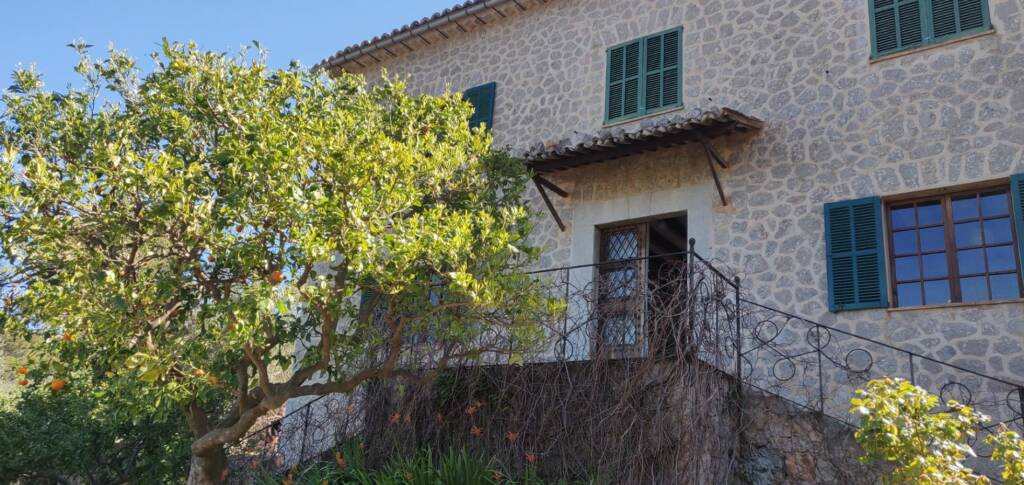
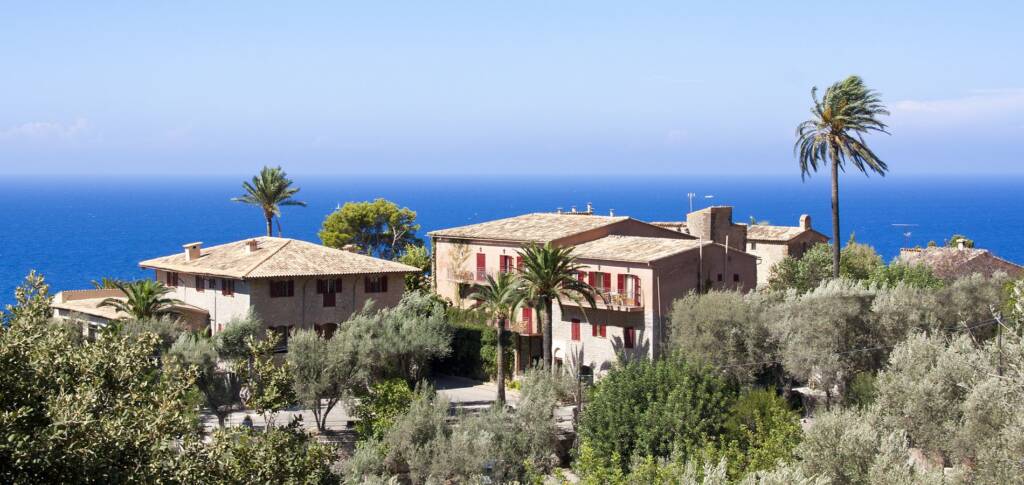
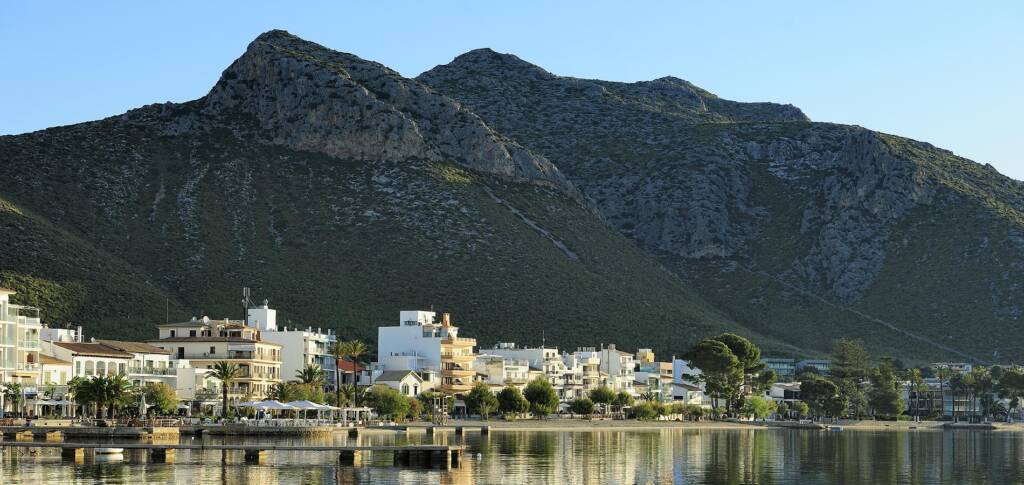
Responses